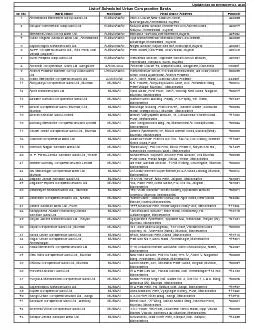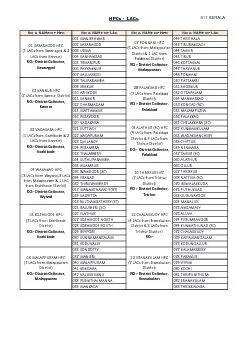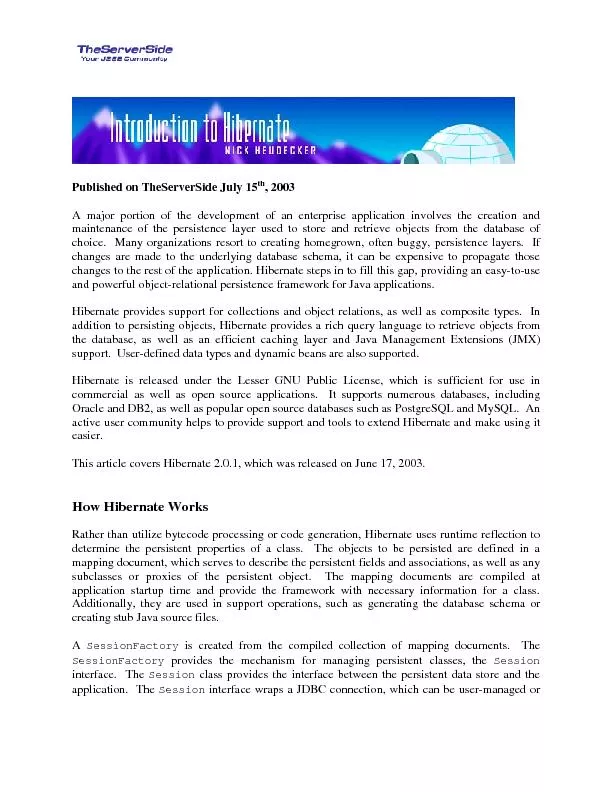PPT-In the name of GOD Dr Noshin
Author : DiamondsAreForever | Published Date : 2022-08-02
Ahmadi Patient identification A 35 yo woman single from and living in Shahriyar housewife Chief complain generalized musculoskeletal pain Present illness This
Presentation Embed Code
Download Presentation
Download Presentation The PPT/PDF document "In the name of GOD Dr Noshin" is the property of its rightful owner. Permission is granted to download and print the materials on this website for personal, non-commercial use only, and to display it on your personal computer provided you do not modify the materials and that you retain all copyright notices contained in the materials. By downloading content from our website, you accept the terms of this agreement.
In the name of GOD Dr Noshin: Transcript
Download Rules Of Document
"In the name of GOD Dr Noshin"The content belongs to its owner. You may download and print it for personal use, without modification, and keep all copyright notices. By downloading, you agree to these terms.
Related Documents














